(47828 products available)


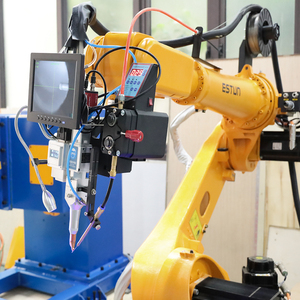



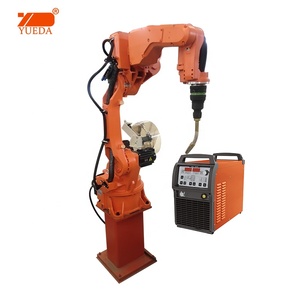



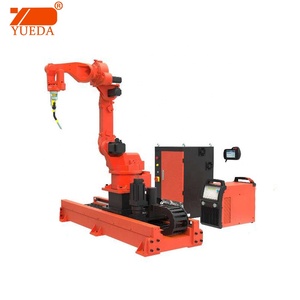













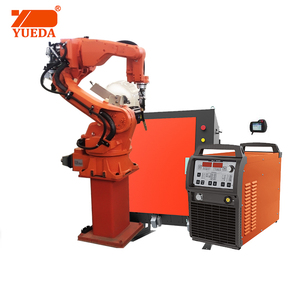




















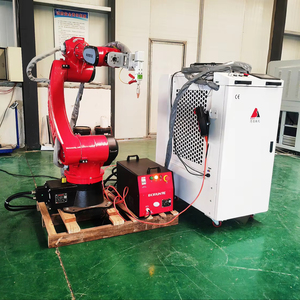






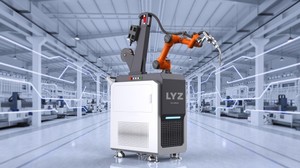






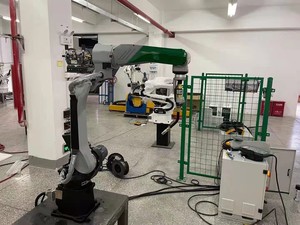
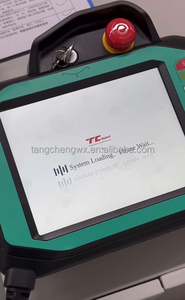
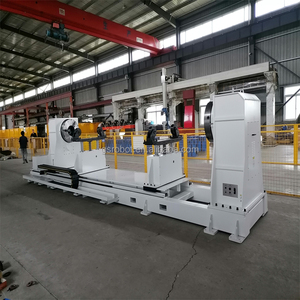










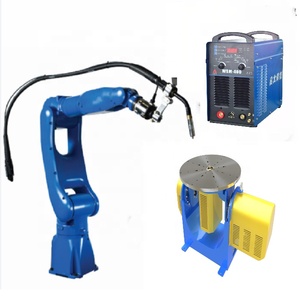
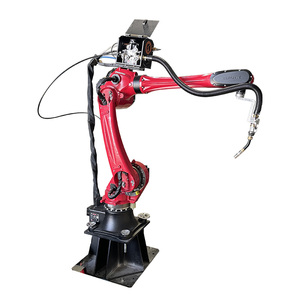
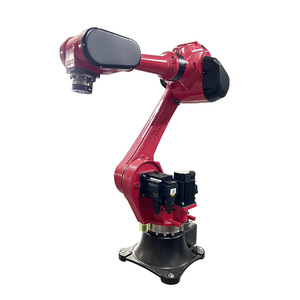



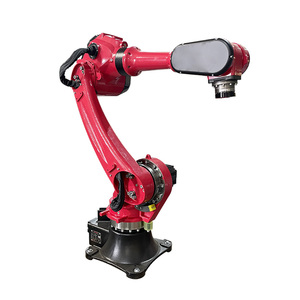











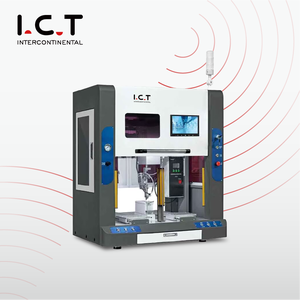






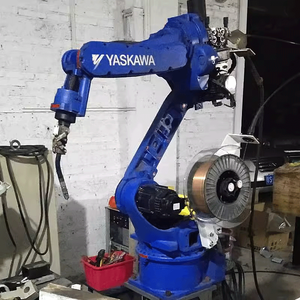
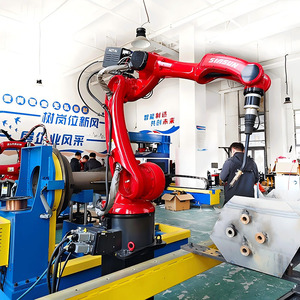












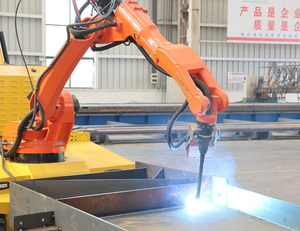








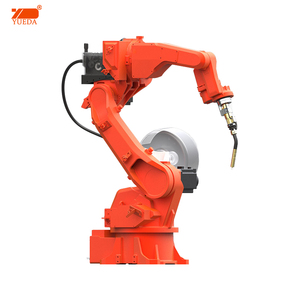
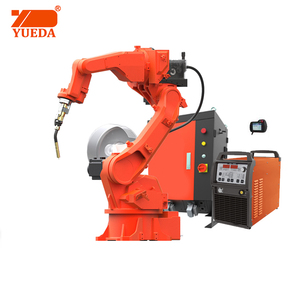




























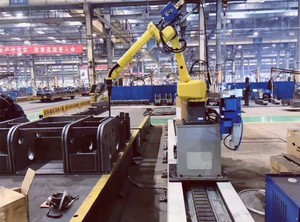











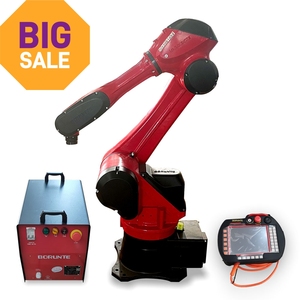
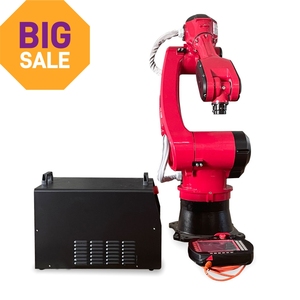

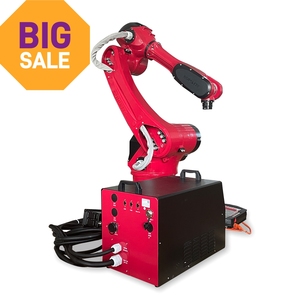
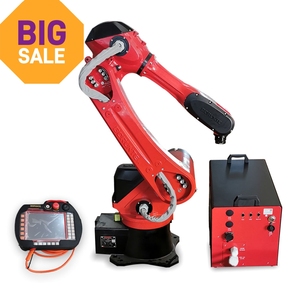


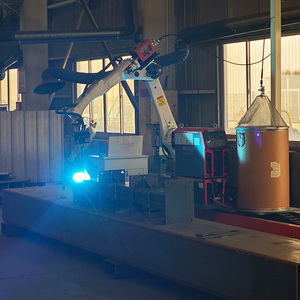



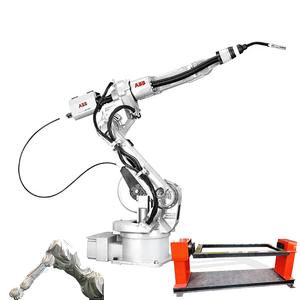

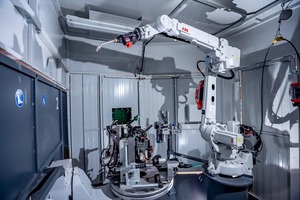













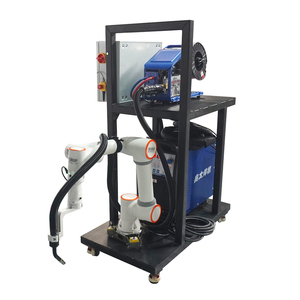
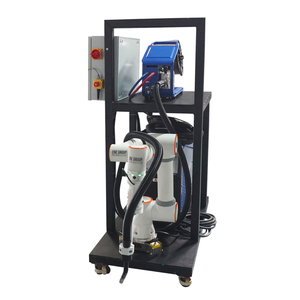











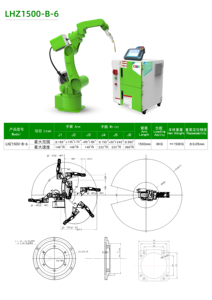












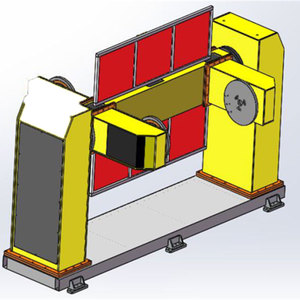
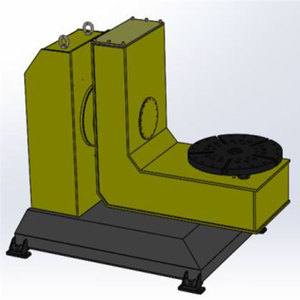
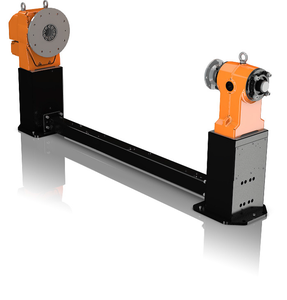

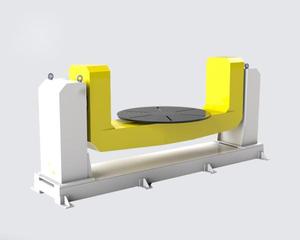
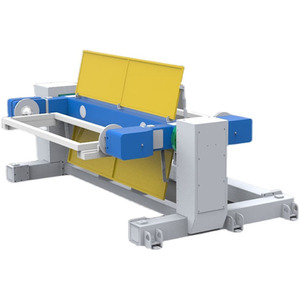






Welding robots from China come in diverse types. Each of these welding robots is suitable for specific applications and offers unique benefits. Below is a list of some of the most popular types:
Arc Welding Robots
Arc welding robots are a common choice for heavy manufacturing industries. These industries include automotive and construction. They perform welding using an electric arc to melt and fuse metals. The robots then provide strong, durable welds and are particularly effective on thick materials. Due to this, they are a fundamental choice in high-stress applications.
Spot Welding Robots
These robots take resistance welding. It is a process that joins metal sheets by applying heat and pressure at specific points. These robots are widely used in the automotive industry for assembling car bodies. In this industry, there is a need to join thin steel or aluminum sheets. The precision and speed of China spot welding robots improve efficiency in mass production.
TIG Welding Robots
TIG (Tungsten Inert Gas) welding robots offer high-quality welds. This is because they perform manual welding in a controlled robotic environment. These robots are ideal for industries that require precision and clean welds. Such industries include aerospace or medical equipment manufacturing. In these industries, weld integrity is crucial.
MIG Welding Robots
MIG (Metal Inert Gas) welding robots are versatile. They have a wide-ranging use in heavy industry manufacturing. This includes the automotive, shipbuilding, and metal fabrication sectors. The automated machines provide faster and easier welding than manual methods. The robots then deliver consistent weld quality. They are a user-friendly option for joining diverse metals.
Laser Welding Robots
The robots provide a high-speed and low-heat-affected zone welding. This is especially suitable for thin materials or delicate components. The precision of laser welding makes it ideal for electronics, jewelry, or medical devices. These industries demand fine-quality welds without damaging the base material.
robot type
The nature of the project at hand will dictate the type of welding robotic machine to use. For example, Tig robots are suitable for precision work. This makes them ideal for thin materials. On the other hand, MIG and arc robots are better suited for larger projects that involve big materials.
Load and reach
These are very important aspects to consider when selecting a robotic arm. They determine if the robot will accomplish a particular task. The reach of a robot has a direct impact on its ability to work on large products. On the other hand, the robot's payload capacity should be high enough to support the carried tools and items.
Industry requirements
Various industries come with distinct requirements. For example, MIGrobots are ideal for massive industry projects. Meanwhile, spot robots are more suited for the automobile assembly process. There are also some industries that require the robots to have some special emission standards.
Software and programming
It is essential for companies to understand the robots' programming methods. This will help them know how to integrate the machines into their working process with ease. It will also be important to consider whether the programming software is user-friendly. This is because it will affect the time and effort needed to train the teams.
Cost
In as much cost is an important factor when buying anything, it should not necessarily be the main factor. The price of the robot will largely depend on its features and capabilities. Therefore, one should compare the available options and settle for one that offers the best value.
Manufacturing
Major uses of these robots in China are in the manufacturing sector. This is particularly in the automobile and electronics industries. They have high efficiency and precision. These two factors enable mass production without the inconsistencies associated with manual work.
Metalworking and construction industries
These two industries extensively use welding robots in China. In these industries, the robots are used to conduct complex and hazardous welding tasks. This improves worker safety and reduces labor costs. The robots also minimize the need for skilled labor. This helps as a result of the automation of most basic processes.
Aerospace
Electronic and aerospace components also utilize these robots in China. The Tig and Mig robots in this space ensure high-quality joints are maintained when working on fuselages. These machines are also engaged in assembling complex components. The precision of robotic welding is crucial in these applications. This is because they are especially vital in high-performance environments where failures can be costly.
Shipbuilding
Automated welding robots are becoming more popular in the shipbuilding industry in China. This is due to the need for stronger and more more quicker welding seams. These machines can tackle heavy-duty projects. Therefore in large and complex companies, they improve the overall efficiency of operations.
Job cost estimation
These robots help create more accurate job cost estimates in businesses. They do this by providing detailed market analysis. Companies then use these estimates to set competitive prices and ensure profitability.
Service differentiation
By using welding robot analytics, businesses can identify successful yet unique services. This then enables companies to stand out from their competitors.
Mobile applications
A large number of welding robots are now compatible with mobile applications. This allows users to access various data and insights on their smartphones. This feature brings convenience to users.
Keep the workplace neat
Dust, debris, and other contaminants negatively impact welding machinesperformance. These contaminants may cause overheating. They can also cause wear and tear by getting into crucial parts and sections. To prevent this from happening, keep the work area clean and organized, and free from unnecessary materials and items.
Perform daily inspections
Though most welding robots are durable, it is crucial to carry out inspections regularly. Check for any damaged cables, worn-out parts, and loose connections. Look at the internal parts where possible to see if there is any debris. Daily inspections will go a long way in helping detect any potential issues before they become serious.
Ensure proper calibration
For these machines to run at maximum productivity, they need to be calibrated properly. Businesses should consult the user manual to learn how to calibrate the robots. If the manual is missing or the businesses do not have the expertise needed to calibrate the machines, they should hire experts or take the machines to the nearest service center.
Use quality spare parts
In cases where it is inevitable to replace some parts of the robot, always ensure to use original spare parts. The user manual will indicate which parts to use. If the manual is not available, consult the dealer or manufacturer.
Keep the workplace cool
These robots have a tendency of generating a lot of heat when operating for long hours. This heat can wear out some of the internal parts and significantly impact the machine's performance. Companies can avoid this by ensuring there is adequate ventilation in the work area. Installing fans or air conditioning units can also help keep the temperature down.
Prevent power surges
Power surges are not ideal for these machines. They can damage the internal components and affect the machine's performance. Using voltage stabilizers and surge protectors can help the machines cope with electrical fluctuations.
Software updating
A number of welding machines operate using software. These machines' performance and efficiency highly depend on the operating software's updates. This is because the updates often contain bug fixes and new features that make the software easier to use. Therefore, the businesses should ensure their machines run on the latest software versions.
A1. A typical welding robot can last anywhere between 10-15 years. However, this longevity largely depends on the maintenance frequency, working conditions, and overall usage of the machine in a given space.
A2. Yes, a number of welding machines in China have warranties. Most of these machines have a warranty period of one year. However, many manufacturers have a warranty extension option. They do so based on the maintenance records of the customers.
A3. The time allocation for the installation of these robots depends on the machines' complexity and the working venue's layout. While some robots take only a few hours to set up, others may take days or weeks.
A4. Installing acoustic barriers and using soundproof enclosures are the best ways to reduce the noise produced by these machines. One can also use vibration-dampening mounts to reduce the noise further.